Superhero Stories
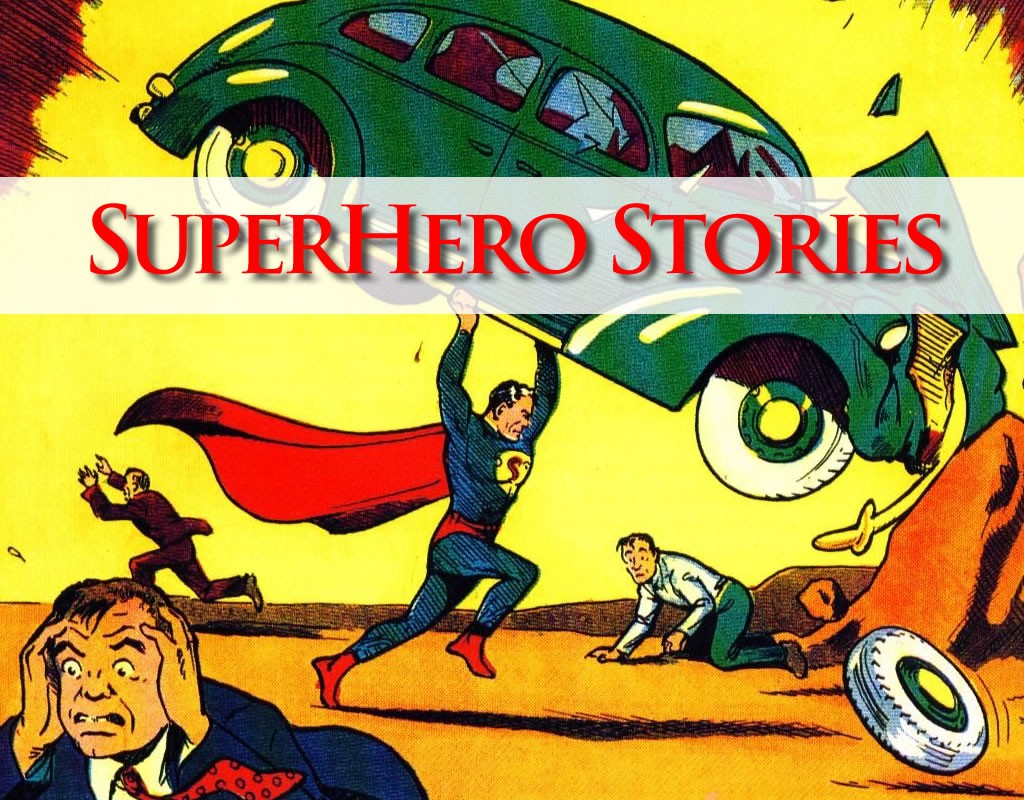
When I was young, I collected superhero stories and comic books. I was fascinated by the exploits of the same characters—Ironman, Spiderman, Superman, and others—who inspire movie-watchers today. The comic book was for me, the ultimate storytelling medium, a combination of written dialogue and colorful illustration.
Superhero stories and comic book characters have always been popular. Perhaps it’s because when storytellers talk to us about our own day-to-day conflicts and blind spots, they ask us to confront our fears and weaknesses directly. It’s a lot more comfortable to listen to stories about other people’s conflicts. And though superheroes deal with galaxy-threatening problems that seem a lot bigger than ours, they have to resolve the same personal conflicts we do. They have to find solutions fast. They have to outsmart the bad guys and figure out who they can trust. And with those “do anything” powers, they’re on the spot to get things done. “Not fast enough” or “not strong enough” are not excuses we’ll accept from super people. You mean you can leap tall buildings but you can’t get your taxes done? That’s lame. And when the rubble is cleared, heroes have to figure out how to live normal lives as “regular people.”
We are all superheroes. We all want to feel unique, special, and powerful, and at the same time, we want to be “normal” people who fit in. Many of us feel too smart or too talented or too pretty. Our talents—our “superpowers”—encourage the attention of others, but they make us feel different, isolated, and disconnected. The story of the hero’s “secret identity” resonates deeply with everyone.
Comic books are a contemporary take on a storytelling style that’s been popular for thousands of years. The StorySailing™ model looks at a story as a metaphorical boat that navigates from rocky and rough seas of conflict to the safe port of transformation. To get there, the water must be “deep” enough; the story must be authentic. “Authenticity” means that the story is literally or metaphorically about the listener’s story. And the wind—the powerful, invisible force that pushes the sailboat for thousands of miles is magic. Superhero stories are loaded with just the kind of magic that makes stories compelling.
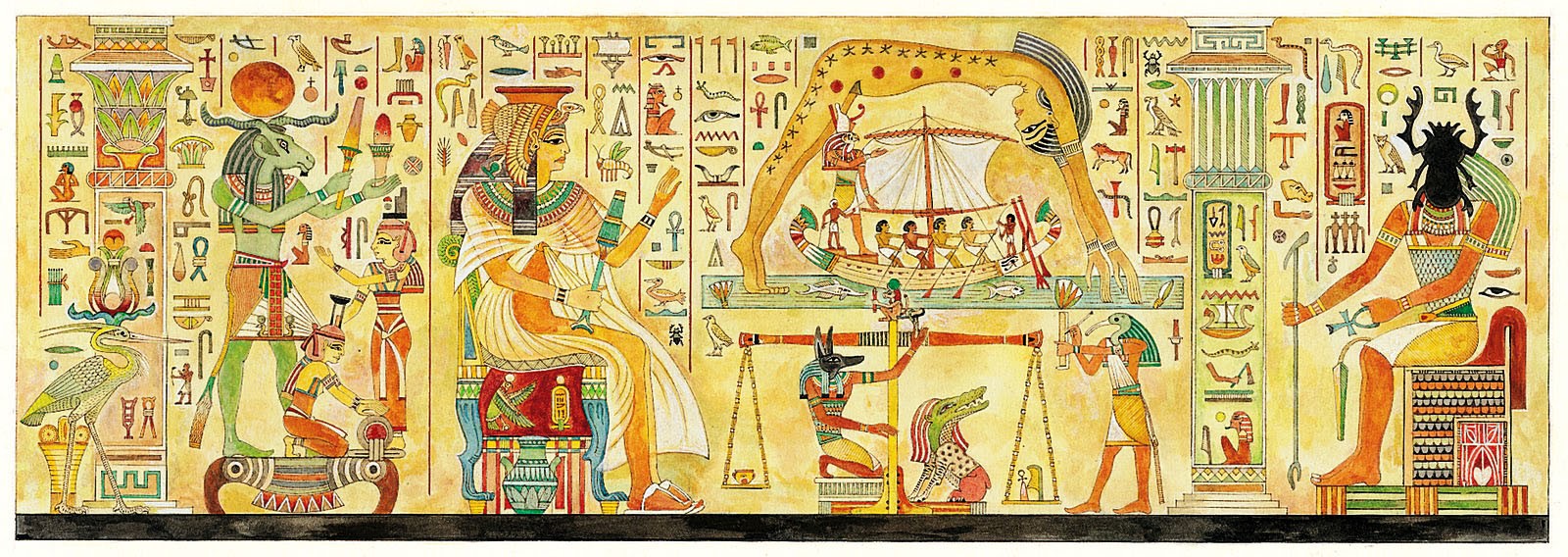
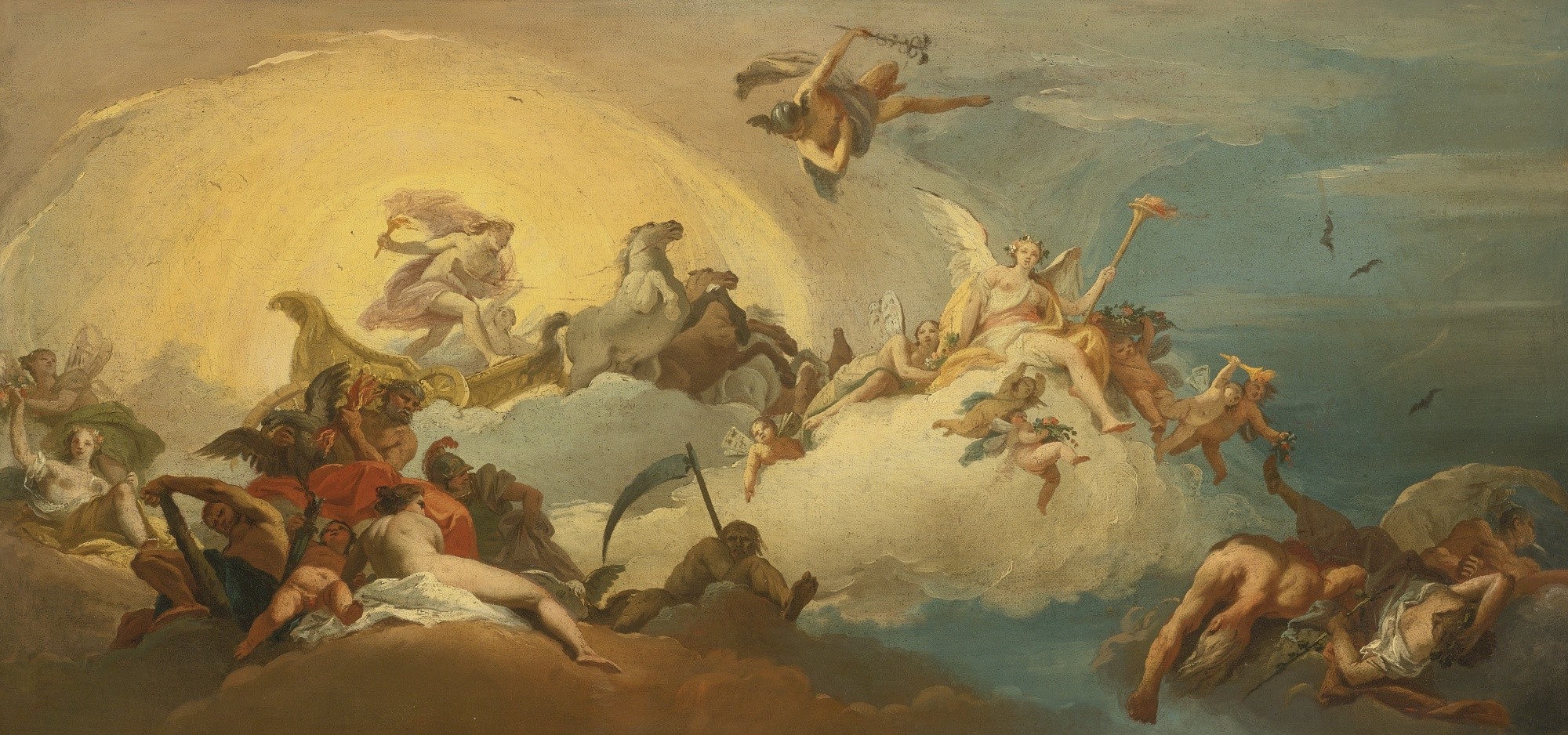
How far back do superhero stories go? Though it would once have been considered sacrilegious to think of the Egyptian or Greek gods as “mythological,” the characters depicted in those stories are no less fantastic or colorful than contemporary heroes. Gods and heroes are traditionally depicted as powerful warriors afflicted with human weaknesses. In them, we see amplified, magnified caricatures of ourselves. The deities depicted in the Egyptian illustration above could easily be (and have been) adapted to comic book form. Apollo, Zeus, and the other Olympians may have been worshipped as real, but the scene depicted above might just as well have been printed on an illustrated story book.
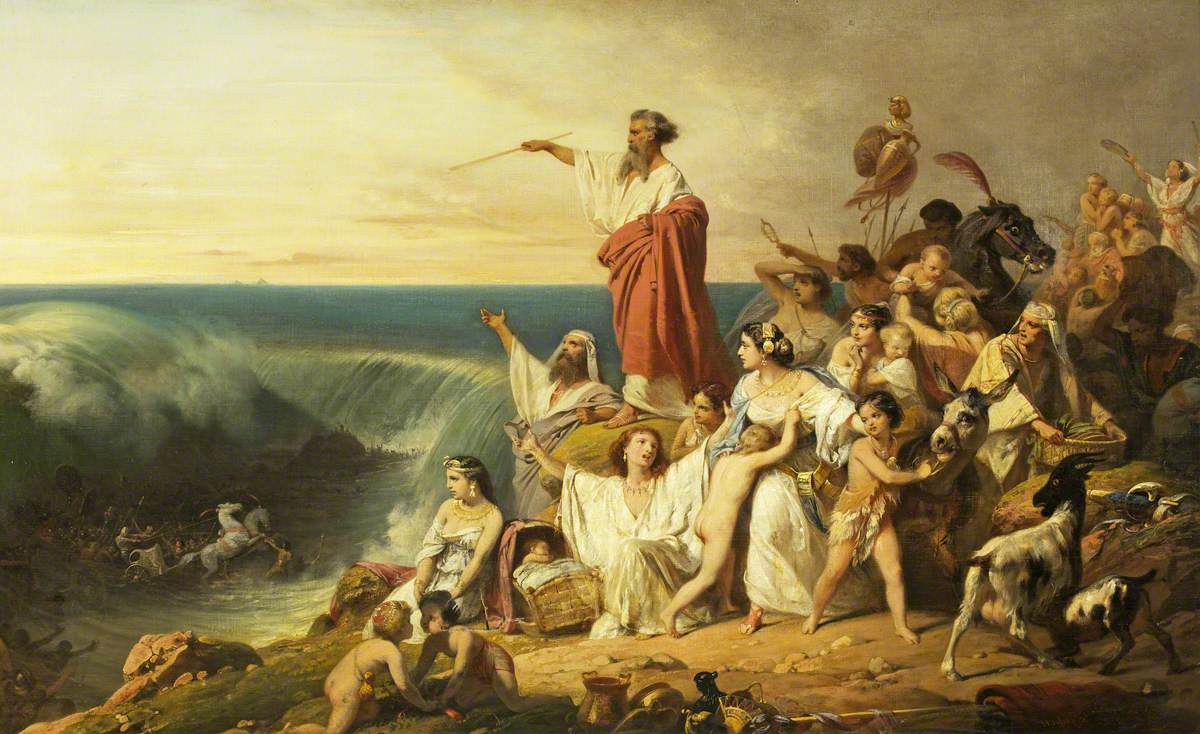
Schopin, Frederic; The Children of Israel Crossing the Red Sea; Bristol Museums, Galleries & Archives
Though the story of the Israelites’ escape from Egypt and Moses’s parting of the Red Sea is a cornerstone of the Old Testament and of contemporary politics and society, no physical evidence exists to support the notion that this exodus ever took place. 600,000 families (two million people) supposedly crossed the Sinai desert without leaving a single pottery fragment with Hebrew writing on it. Egyptian records say nothing about the sudden disappearance of nearly a quarter of their population, an economic downturn, or a labor shortage. And yet, the story of Moses using his staff and God’s “super power” to part the waters and lead his people to freedom has inspired millions of people for thousands of years. Persecution, injustice, and prejudice are authentic conflicts that afflict real people. And we’ve all encountered an impenetrable barrier or deadline with trouble in pursuit. In the story, Moses raises his staff and the waters part, allowing the Israelites to pass through the sea to freedom. It’s a story about the magic that can be accomplished with faith and it doesn’t have to be historically true to be meaningful.
Mary Shelley’s Frankenstein; or, The Modern Prometheus tells the story of Victor Frankenstein, a young scientist who creates a grotesque but sapient creature in an unusual experiment. Though the reference in the original title is largely forgotten, Prometheus was the Greek god thought to have created humankind from clay. Shelley travelled through Europe in 1814, journeying along the Rhine in Germany with a stop in Gernsheim which is close to Frankenstein Castle where an alchemist had conducted experiments two centuries before. Shelley dreamed about a scientist who created life and was horrified by what he had made.
Robert Louis Stevenson published The Strange Case of Dr Jekyll and Mr Hyde in 1886. A London lawyer investigates strange occurrences between his old friend, Dr Henry Jekyll, and the evil Edward Hyde who ultimately turn out to be light and dark manifestations of the same person.
These superhero stories deal with man’s capacity for darkness, and with the notion that misapplied science and technology can have unintended consequences. Progress comes with a cost and it brings great responsibility. You’ve met people whose raging tempers make us worry they could fly off the handle at any time. Those who suffer from manic depressive/bipolar disorder can appear to be different people depending on whether it’s a “good day” or a “bad day.” And though cloning, genetic research, and stem cell technologies promise miraculous cures, they bring ethical dilemmas that Shelly and Stevenson warned of over a century ago. These conflicts are real and authentic, even if the characters and plots are fantasies.

Frankenstein and Jekyll and Hyde stories are grandparents to Stan Lee and Jack Kirby’s The Incredible Hulk, introduced to comic book readers in 1962. A shy, intellectual scientist exposed to gamma radiation during a spaceflight becomes a powerful green monster whenever he becomes threatened or angry. Again, we see the ages-old battle between man and his “dark side,” but with the added “magic” of the accidental gamma ray exposure, that “dark side” is much more powerful and destructive. The magic exaggerates the conflict in the story and makes its message more powerful.
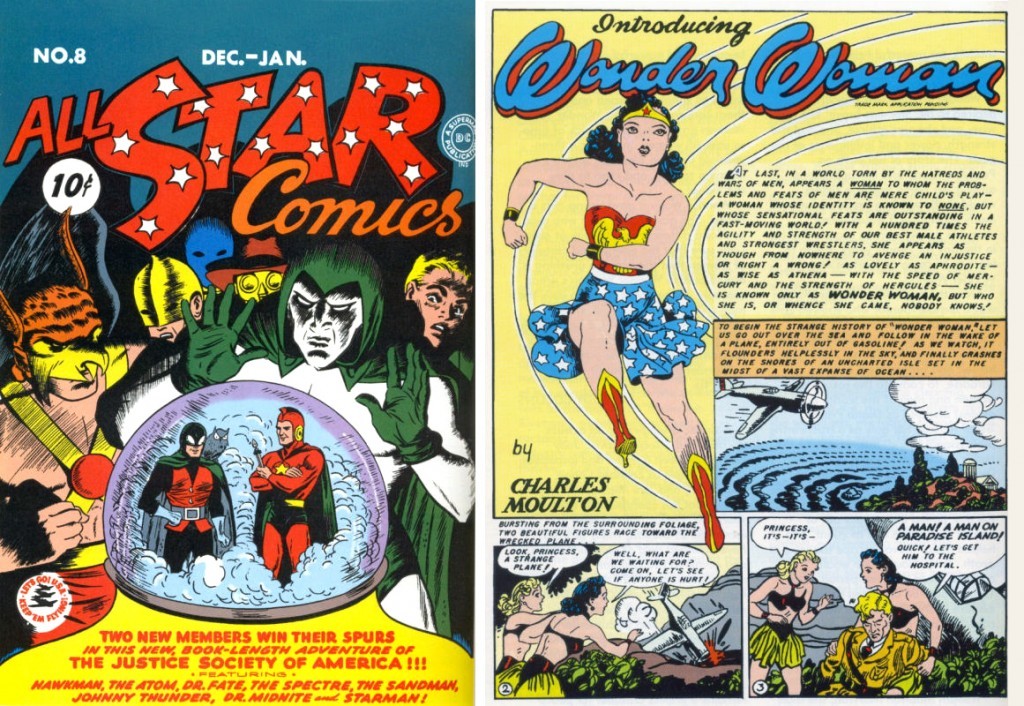
Superhero stories are contemporary myths that reflect changes in our society. Though mythological goddesses are nothing new, Wonder Woman (1941) and Supergirl (1959) brought the “powerful woman” archetype to young female readers. Superman’s cousin, Supergirl Kara Zor-El shares his super powers and vulnerability to Kryptonite. Wonder Woman was created by American psychologist and writer William Moulton Marston (pen name: Charles Moulton), and artist Harry G. Peter. Marston’s wife, Elizabeth, and their lover, Olive Byrne, inspired the character along with early feminists, especially birth control pioneer Margaret Sanger. Supergirl and Wonder Woman continue to inspire movie and television audiences at a time when gender equality and gender respect are at the forefront of our national dialogue. With their powers, these women symbolize strength and strength of character combined with femininity. That’s authentic conflict combined with magic—the catalyst for effective storytelling.

The Amazing Spiderman was also introduced in 1962 by Stan Lee and artist Steve Ditko. Peter Parker is bitten by a radioactive spider that gives him super-strength and the ability to climb walls. After he fails to stop a burglar who later kills his uncle, Peter learns that “with great power comes great responsibility.” Emboldened, he creates a costume and clever web-spinning technology to become Spiderman, fighter of crime. Spiderman faces an endless stream of bad guys, but his inner struggle is the most authentic. The best leaders are often not those who seek leadership status, but those who are called to leadership by circumstance. When we find that our gifts offer opportunities to make the world a better place, we must make sacrifices for the greater good. The “magic spider” that gives Peter his powers transforms this story from an unremarkable tale about a wimpy science nerd who develops a conscience into a modern-day fable that has captivated millions.
Whether it’s the strengthening effect of Earth’s yellow sun on people from the planet Krypton, a science experiment gone awry, gamma radiation, or a bug bite, magic is the invisible force that moves a story forward. And though you might think magic is the stuff of science fiction and fantasy (and superhero stories), consider the relationship between your story and your clients’ stories.
Are you a speaker whose forty-five-minute presentation transforms the way your audience thinks, feels, and works?
That’s magic.
Are you a chemist who creates medications or building materials that can withstand age, heat, or sun exposure?
That’s magic.
Are you a designer who helps your clients establish trust and credibility with a simple color and typeface combination?
That’s magic.
Are you an attorney who knows how to convince a judge and jury that your client’s case has merit?
That’s magic.
Are you a business wizard who knows how to build successful enterprises?
That’s magic.
Are you a parent who inspires your children to be curious, kind, productive, responsible, and creative?
That’s magic, too.
Regardless of what label you place on your professional and personal endeavors, what you say you do may just be a vehicle for your real product—magic.
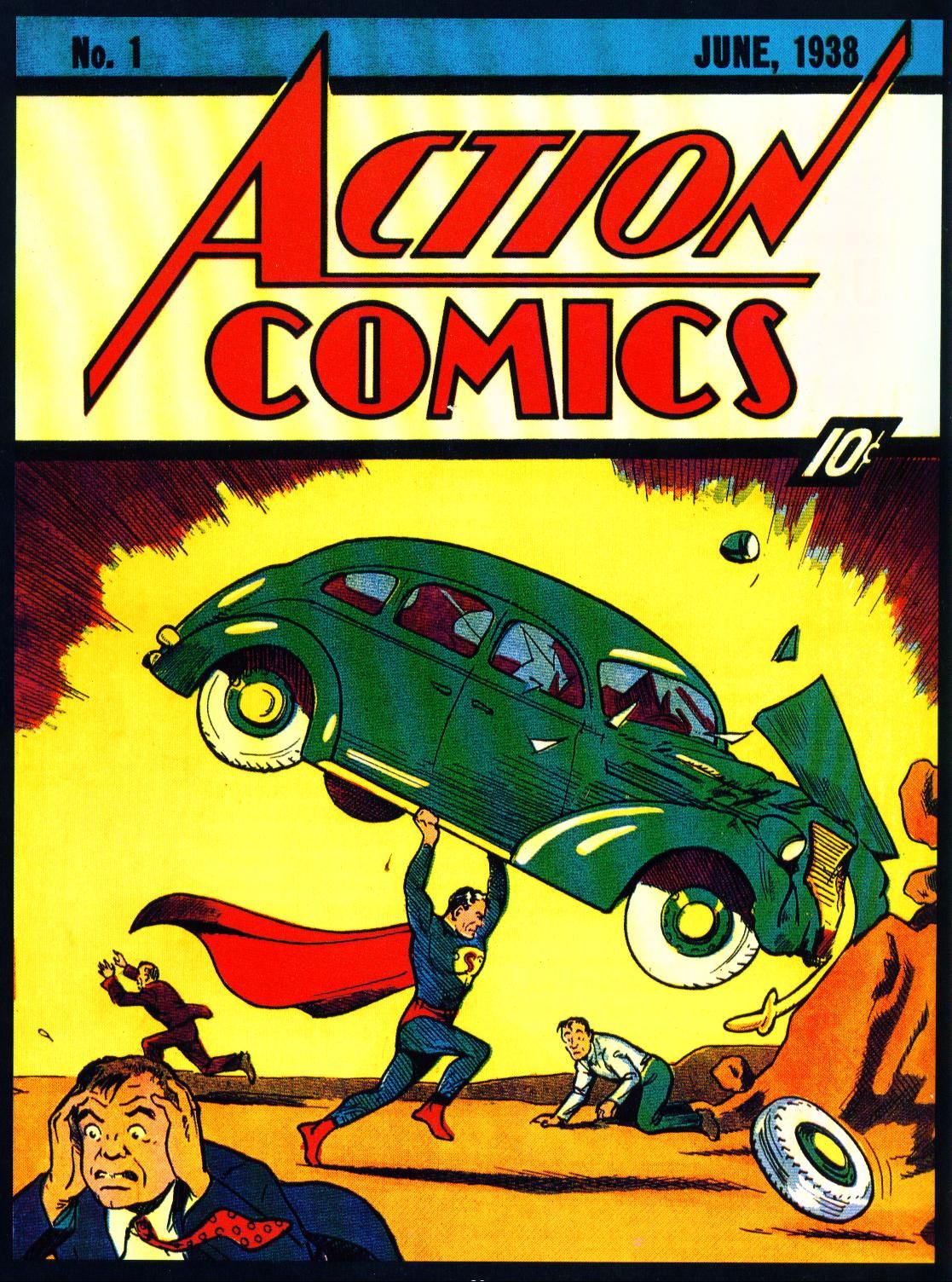
Superhero Stories Postscript: I knew when I was a kid that rare and collectible comic books were valuable. Sadly, my father and grandfather didn’t save their old comics, but I have about a thousand of them sealed up in plastic bags and packed neatly in comic book boxes. My daughter has no interest in them, but perhaps she’ll have a child some day who will receive an incredible collection of old-but-still-powerful superhero stories from a grandfather who had the forethought to start saving them when he was twelve years old. I think that’s magic, too, and long after I’m gone, when he passes those comic books on to his own grandchildren, he’ll have a wonderful story to go with them.



Hi Dave,
I used to read Captain Marvel with Mary Marvel and the 3rd sidekick whose name I have forgotten. (Freddy ???) They were always doing battle with some evil scientist whose name was Dr. Savannah ( I think). In one issue, planet Earth was sick of people exploiting it and Captain Marvel had to battle an angry Earth.
You must have had these…I think the Superman people sued the Captain Marvel people for plagiarism or something like that and the good Captain was consigned to history.
Interesting. I found this.
Nice essay, Due. My mom (your grandmother) liked to tear up my comic books, causing some distress. She was not a believer that they had any redeeming value. Sad.
Captain Marvel and Mary Marvel and their side kick whose name was Freddy ( I think) were ordinary people who would go into this hidden temple that had statues of ancient deities along a long chamber. They acquired their super powers by saying the word “Shazam!’ and they were instantly transformed into characters that looked and acted much like our old friend Superman which by the way was a Canadian creation.